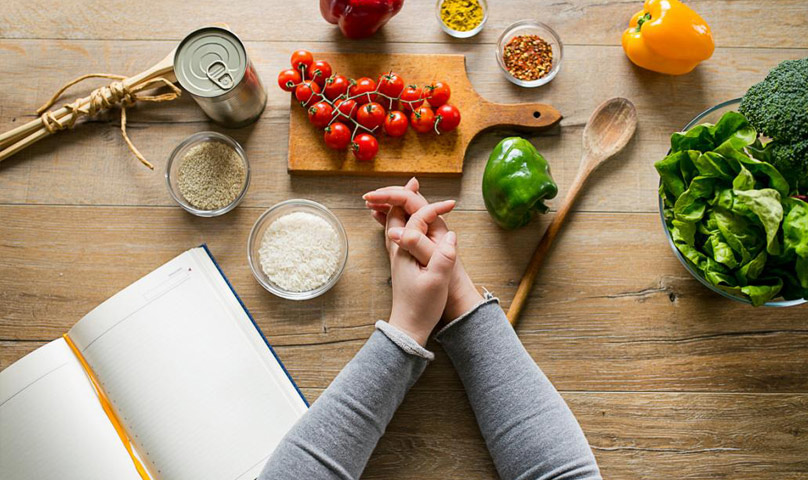
Smoke for good health
Medicated smoke has an important role in Ayurveda. It can be used to fumigate a room or it can carry to an individual the essence of herbs. Incense thus has healing properties. The smoke with its gandha or aroma activates the nasal system and through it makeschanges in the body and mind of the person.
The literary meaning of dhoopa is smoke or fumes. Dhoopa is defined as dhoopahthapeiti or that which comes out from fire. The fumes from fragrant materials like chandana( santala album), Aguru ( aquarillaagurulocha) , kumkum, ela( Eletarria cardamom) Kustha (Saussarrialapa) etc. give a soothing and pleasant sensation to the body and mind. Medicated fumes are sued based on their dhosha predominance. In vata conditions a mild kind 0f smoke from guggulu, mustha, vilwasmajja, sarjarasaetc are beneficial. In pitta condition, fumes from utpala, bnark of nyagrodha, kamala Lakshaetc are beneficial. In kapha conditions strong smoke from Jyothishmathi, nish, triphalaetc are useful.
During differnet seasons, different fumes are used. In the cold season fumes from ushnadravy like guggulu, aguru can be used to overcome the chill. During summer fumes from drugs of cold potency like lotus and chandana can be used to minimise the haet.
Aromatherapy’s benefits:Soothing and aromatic smoke gives a pleasant sensation and energy to mind and body. Aromatherapy is highly beneficial for geriatric and post-surgical care. For example, as a daivavyapashrayachikitsa ( divine traetemnt) conducting homa with sugandha ( aromatic) dravyas like karpoora, ( camphor), sandal, ghee and firewood made f4rom aswatha ( Ficusreligiosa), aguru ( AquilariaagallochA) RED SANDAL. VACHA ( Acoruscalamus) Swethasarsapam ( Brassica campestris) neem leaves and ajamodha will have a a soothing effect.
Anti-bacterial properties: the fumes from the drugs like sarsapa, deva dhoopam( kundrika – Boswellia serrate) haridra ( Curcuma longa) neem, dhattura seeds ( Daturainnoxia) etc will act against microbes present in our body and environment.
During childbirth the fumes are used to help delivery in two ways:
The smoke helps during delayed and obstructed delivery and also as an antimicrobial drug, Fumes from the skin of snakes are beneficial.
Fumes protect the baby from evil spirits. Beneficial smoke is form drugs like vacha, hingu, vidhangha, saindhava, patha, prativisha, vyosham, gajapipplaitetc.
For good health: In Ayurveda, medicated dhoomapana( smoking ) is mainly advised for ENT ( aer, Nose And throat) diseasdes and as a post pacha karma therapy after nasya, vamanam , to vclear the obstructed channels.
Ingridients in incense and their effects: Sarva gandha oushadhas like ela, guggulu, kusta, aguru, charala, sarja rasa, chandana coral, parijatham, vilwam, khadiram, devadharam, etc are generally used for incense.
By and large drugs with hot [potency alleviate kaphaja diseases. Those with cold potency alleviate pittaja disorders and mild potency alleviates vataja diseases.
Adulteration: Adulteration of hard wood and other medicinal products used in dhoopa result in a bad effect to the atmosphere and the body. So one has to be careful when a dhoopa dravya is selected for fumigation.



